When you’re in an automobile accident are you afraid of taking your car in because you don’t know what the mechanic is talking about? The auto body repair process can be a daunting place with a lot of acronyms and difficult terms. We’ve put together a list of some of the auto body industry’s most common jargon so you can better understand what’s going on with your vehicle and what repairs are being done.

Aftermarket Parts
Many auto body shops use what are called aftermarket parts. These are any parts of a vehicle that aren’t produced by the original manufacturer. Since they are made by a company that originally didn’t produce your vehicle, they can vary in quality and price and may not be the best option.
Estimate
This is a written document that lists the damages and cost of repairs. A well-written estimate should have an easy-to-understand breakdown on how much parts cost, labour, and how many hours a technician thinks it will take to repair your vehicle. While an estimated isn’t always completely accurate, there should not be a large variance between the estimate and the actual cost. If there is unexpected damage or a change in the estimate you should be notified immediately.
Primer
A primer is an undercoat paint system usually applied to the metal surface of the car before the paint is applied. It is used to protect and bond the metal with the paint.
VIN (Vehicle Identification Number)
This is a unique code the motor vehicle industry used to identify your car. You can look up the history of a vehicle if you know the VIN you can find out what type of accidents the car has been in and the previous owner’s information. The VIN also allows an auto body repair technician to order the correct parts for your vehicle.
R&I (Remove and Install)
When a motor vehicle part is removed from a damaged vehicle and is repaired separately and then re-installed on the vehicle.
R&R (Remove and Replace)
Likewise, when a damaged part is removed from a motor vehicle and instead of being repaired, it is replaced by a new part.
Betterment
This is an insurance term used to describe a motor vehicle part that has been replaced due to an accident that has some wear with a new part. This often results in improvements on your vehicle. For example, a car that has over a hundred thousand kilometres is in an accident and the engine is destroyed. We may not be able to source an engine with the exact same kilometres, so we will likely find an engine with less wear and tear on it to replace it.
Bench
This is a heavy platform used to fix a vehicle that has been misaligned during an accident. It is done by placing a portion of the vehicle on the platform then restoring the structure using special clamps, hydraulic winches, and hoists.
Detailing
This is the process of thoroughly cleaning the interior and external for your vehicle. It often includes shampooing, vacuuming, spraying and polishing your vehicle.
LKQ (Like Kind and Quality)
This is an industry acronym for Like Kind and Quality which refers to a used part salvaged from another vehicle. It usually has roughly the same wear and tear and same value as the old part. The technician will inspect the part to ensure it’s safe to be used in your vehicle.

40 thoughts on “Auto Body Repair Jargon”
Comments are closed.